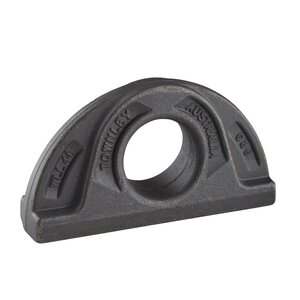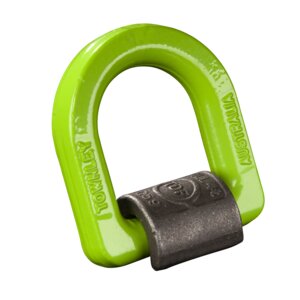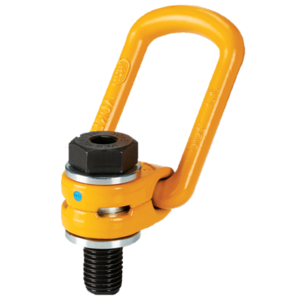In the intricate operation of lifting and rigging tasks, identifying the proper lifting points is a fundamental aspect, crucial for both precision and safety. Lifting points, also known as attachment points or lifting eyes, are pivotal components that determine how a load is connected to lifting equipment. Let's delve into the significance of lifting points and their critical role in ensuring secure and efficient lifting operations.
Best Practices for Lifting Points
- Regular Inspection and Maintenance: Periodically inspect lifting points for wear, corrosion, or any signs of damage. Promptly replace or repair any compromised lifting points to maintain safety standards.
- Proper Installation: Ensure that lifting points are installed correctly and according to manufacturer guidelines. Improper installation can compromise their integrity and lead to failures during lifting operations.
- Load Testing and Compliance: Conduct load tests to ensure that lifting points can handle the expected loads. Adhere strictly to industry standards and regulations concerning the use of lifting points.
The Role of Lifting Points
- Load Distribution: Lifting points serve as anchor points for connecting slings, hooks, or other lifting equipment to the hoisted load. They are pivotal in evenly distributing the load's weight across the lifting apparatus, ensuring stability and balance during lifting maneuvers.
- Versatility and Adaptability: Lifting points come in various designs and configurations, offering versatility to suit different loads and rigging setups. The appropriate lifting point is essential for optimal performance and safety, whether a fixed eye bolt, swivel hoist ring, or weld-on lifting point. CERTEX Lifting offers a range of lifting points to help assist you with your specific lifting needs.
- Safety and Reliability: Properly chosen and installed lifting points significantly increase the safety and reliability of lifting operations. Ensuring that lifting points meet load requirements and are in optimal condition is crucial to prevent accidents and equipment failures.
Selecting the Right Lifting Points
- Understanding Load Characteristics: Analyze the load's weight, shape, and centre of gravity to determine the most suitable lifting points. Different loads may require specific lifting configurations to ensure stability and even weight distribution.
- Consider Environmental Factors: Environmental conditions, such as temperature, corrosive elements, or dynamic movements, can affect the choice of lifting points. Select lifting points that can withstand the environmental challenges of the lifting operation.
- Consultation and Expertise: In complex lifting scenarios or when uncertain about the appropriate lifting points, seek guidance from rigging experts or engineers. Our experts at CERTEX Lifting can help select the most suitable lifting points. To speak with one of our knowledgeable staff members, contact us.
The importance of selecting and utilising appropriate lifting points cannot be overstated in lifting and rigging operations, ensuring every lifting task's stability, balance, and safety.
Mastering the art of choosing the right lifting points, coupled with diligent inspection, maintenance, and adherence to best practices, is pivotal in ensuring precision and the safety and reliability of every lifting operation. Remember, investing time and expertise in selecting and maintaining reliable lifting points is an investment in the safety, efficiency, and success of lifting and rigging tasks, safeguarding personnel and valuable assets.







